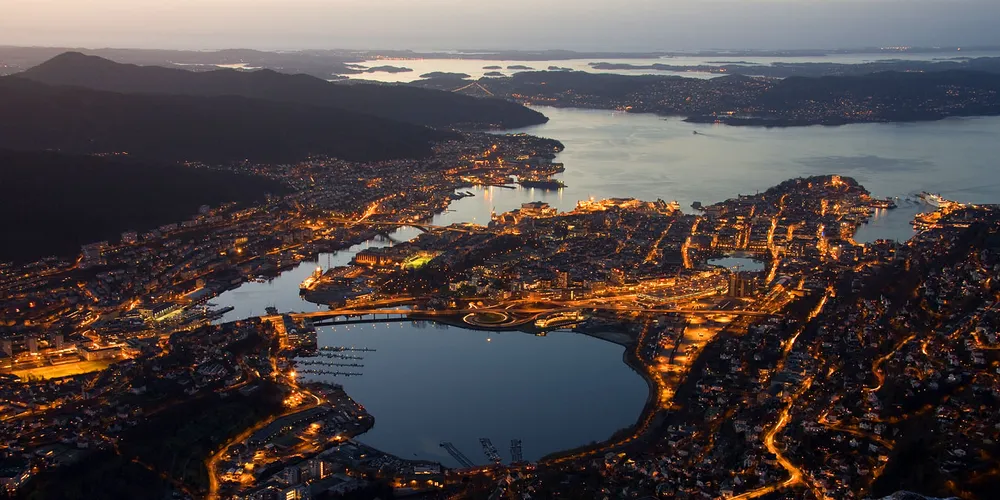North Atlantic Seafood Forum blog: The 'Marine Harvest of whitefish'
The 9th edition of the world's largest seafood business forum is taking place in Bergen this week. Check back here to get the latest news from the conference floor.

The 9th edition of the world's largest seafood business forum is taking place in Bergen this week. Check back here to get the latest news from the conference floor.
